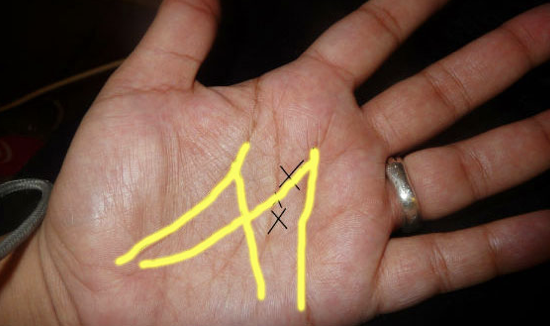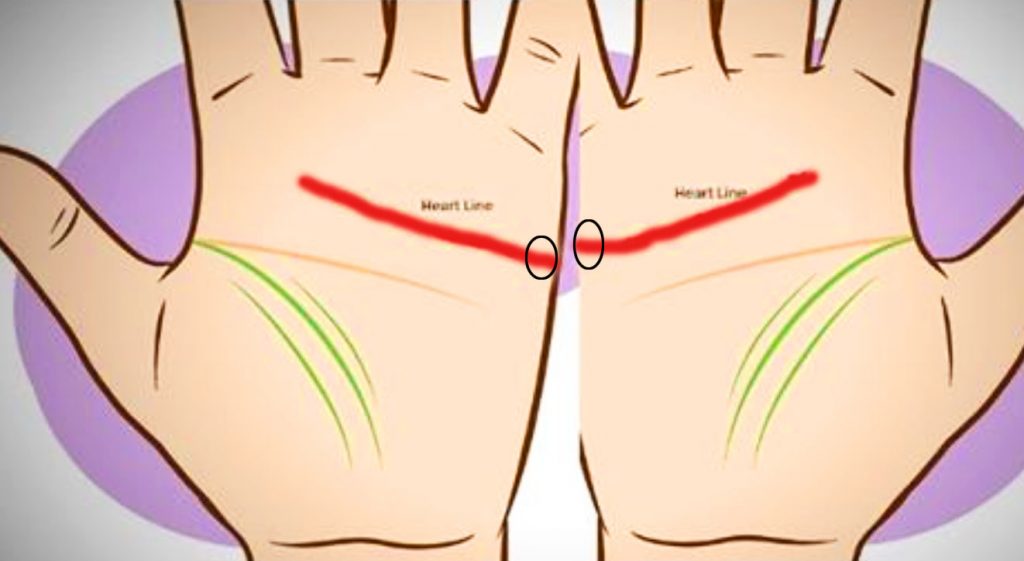This Math Equation Is Breaking The Internet. Can You Figure Out The Right Solution?

images via – sun-gazing.com/facebook.com
If you suffer from mathematical anxiety, which is basically like a math-induced phobia, you may want to take a deep breath before you try to solve this problem. The seemingly simple equation below has managed to stump people left and right and social media users are divided over what the correct answer happens to be. Watch the video below to see a step by step tutorial on getting to the right answer and seeing if you actually solved it correctly. Take a moment to work through it yourself and see what answer you come up with:
6 ÷ 2(1+2) =
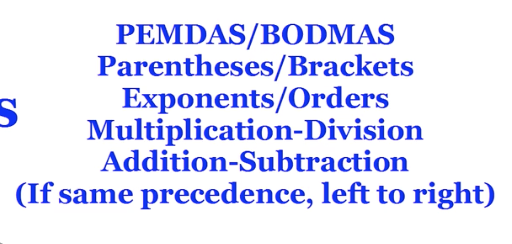
The vast majority of people end up with an answer of either 1 or 9. Some even think it is 0, 3, or even 6, but if you came up with any of those three numbers, you’re wrong and way off! However, the reason why 9 and 1 are given as the main answers for this problem comes down to how people were taught to do math. However, in the end only one answer can be correct and if you came up with 9 then congratulations, you solved it!
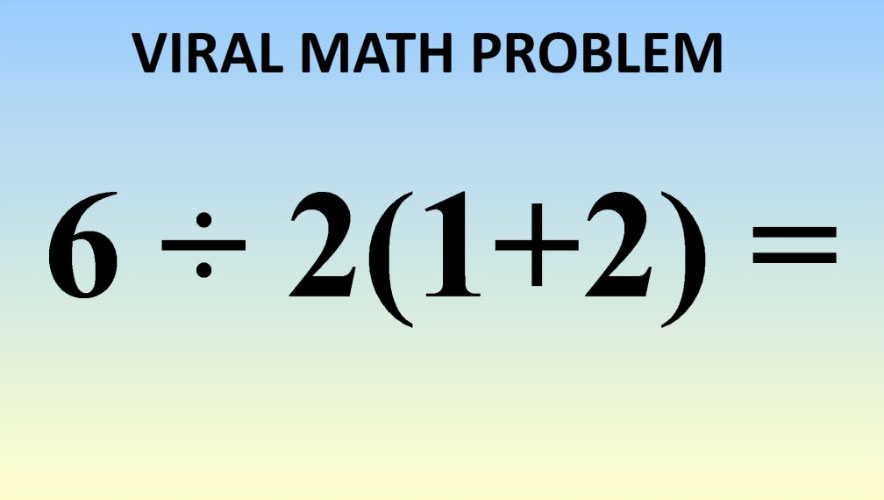
So why has this equation caused so much confusion that its managed to go viral!? According to Presh Talwalkar, the man behind the YouTube channel MindYourDecisions which posted the explanation, there is an ‘old’ way and a ‘new’ way to approach the problem. Depending on which method you use, you will end up with either 1 doing it the old way, or 9 doing it the modern way.
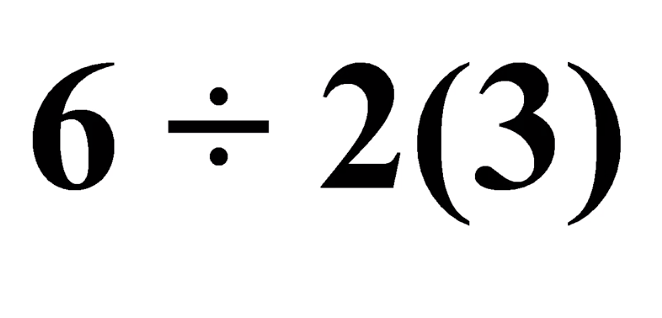
Check out his video for a much more thorough and complete explanation of each step and see if you agree with what’s being asserted. Despite the comprehensive run through, it looks like a lot of people are still confused and arguing over what the correct answer is in the comments!
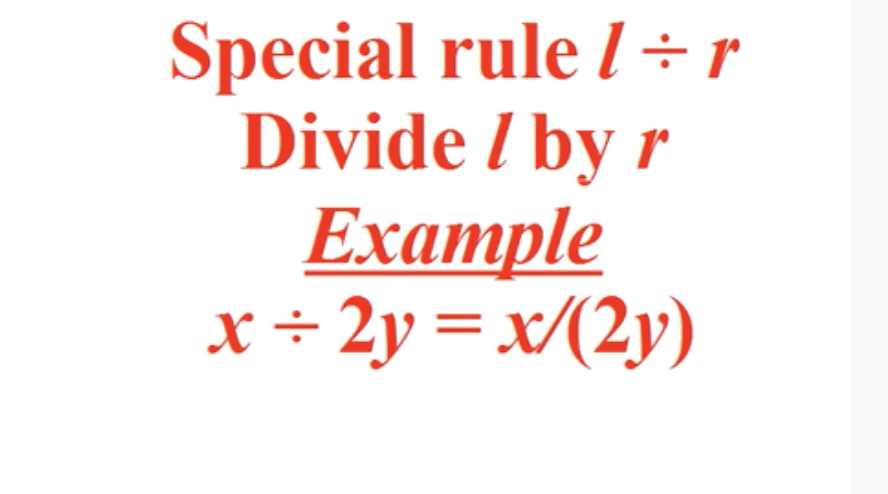
If you completely botched the answer or failed to come up with the correct solution, don’t be too hard on yourself. Forgetting how to do math problems like this one is normal and inevitable. Other than simple addition and subtraction, most of us don’t do any type of complex math once we’re finished with school.

If and when we do need to solve something above our abilities, we use a calculator or simply Google the answer. Between changes in the way math curriculum is taught, modern technology, and the passage of time, our math abilities tend to decrease and fade away.
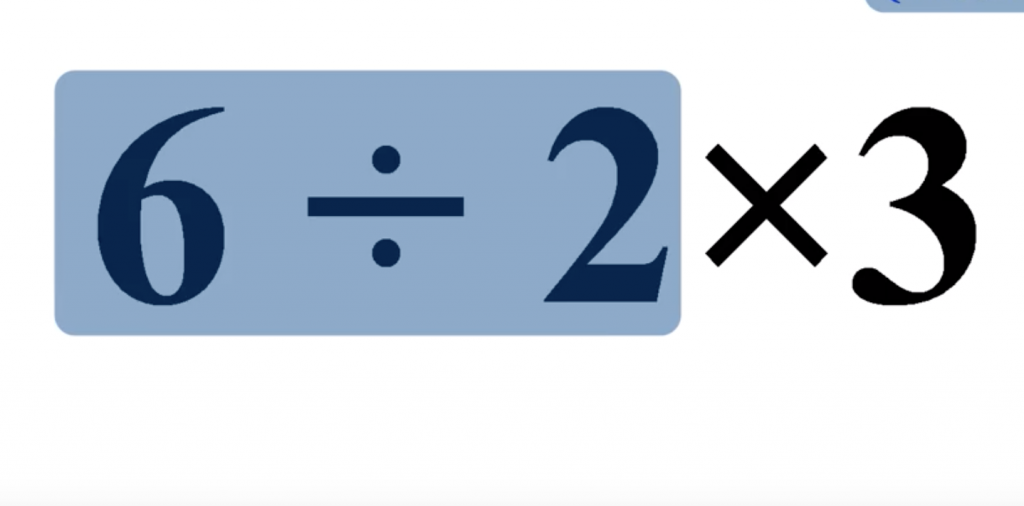
Whatever the case may be, it’s fascinating and quite interesting how one equation can end up causing such a stir. People are really passionate about what they think is the correct answer and way to go about solving this equation. It just goes to show that even what we view as simple math isn’t as straight forward and predictable as we often assume it to be. Check out the video and see what you think!
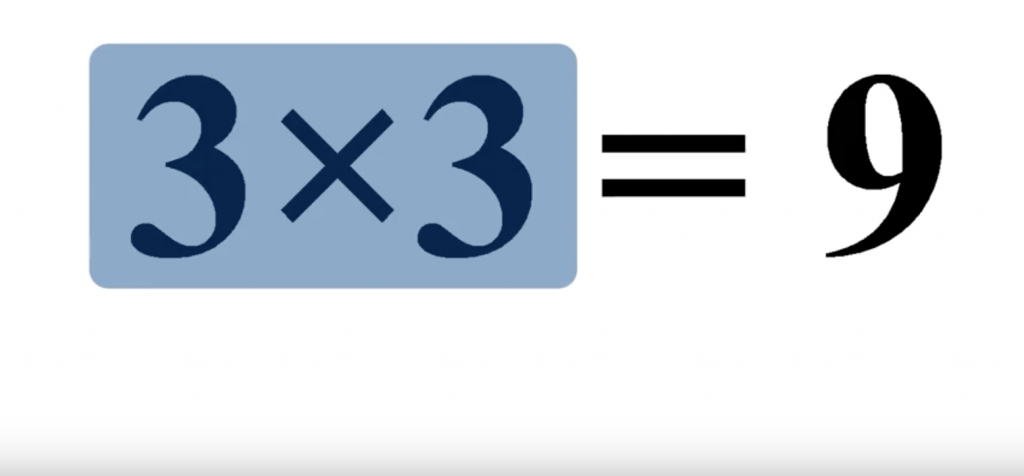
Watch the video below to see a step by step tutorial on getting to the right answer and seeing if you actually solved it correctly:
Please Share This With Family and Friends To See If They Can Get This Math Problem Right 🙂
This Puzzle Has A Twist That Leaves Adults Stumped But Somehow 6 Year Old Kids Can Figure It Out!
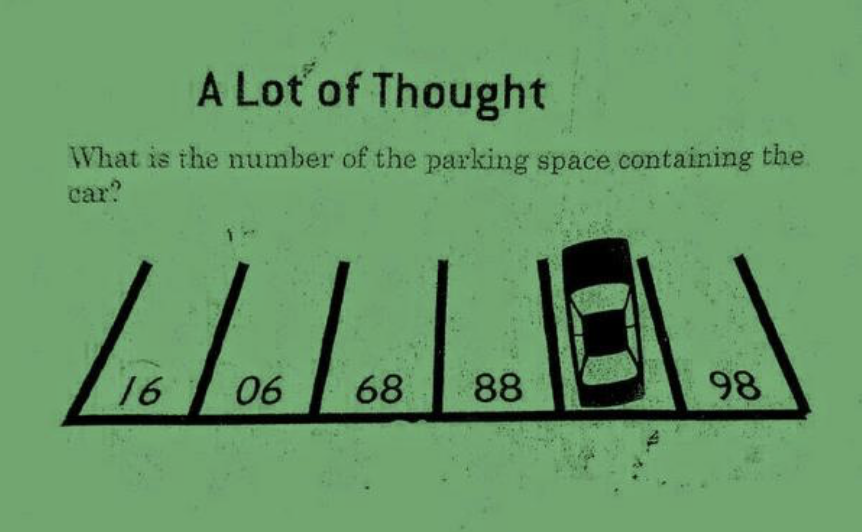
image via: twitter.com
Puzzle solving isn’t just a fun way to pass time and test how much you know, it’s also a great way to keep your brain and mind sharp. The internet is full of various riddles, teasers, and problems that are meant to stump people and get them thinking really hard. One puzzle has emerged recently that is proving very difficult for adults to solve, yet young children are answering it correctly in just a few seconds.
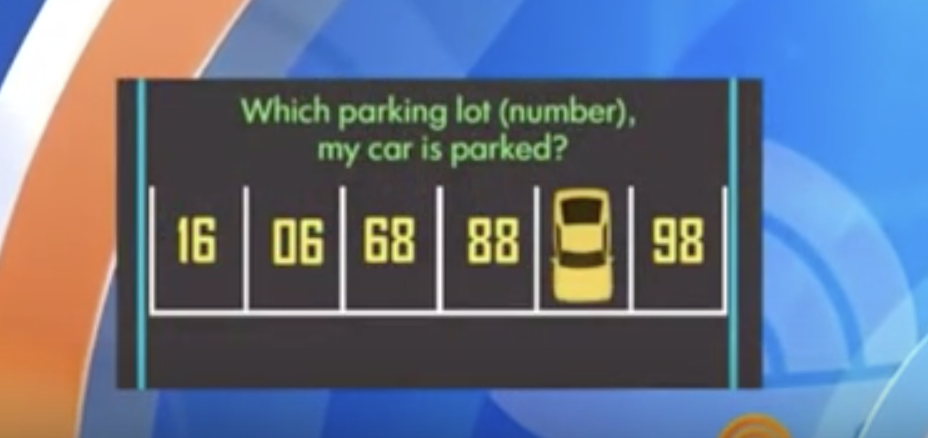
The puzzle first appeared in Hong Kong on a first grade admissions test. The children answering it, who were around 6 years old, were given only 20 seconds to solve it. Try it now and see if you can come up with the right answer in that amount of time, I couldn’t! Don’t be too worried if you also flunked this test question, the majority of adults who try to solve it within the time limit fail.

To get the correct answer you have to flip the puzzle over and look at if from a different angle. All of a sudden the seemingly impossible to solve puzzle becomes clear and obvious. Kids solve this much faster than adults because they tend to automatically look at things from different angles, and the younger you are the quicker you can solve it.
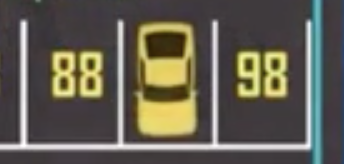
Often adults make things more more complicated than they have to be. They have been taught to approach puzzles and problems with a critical eye and automatically look for patterns and sequences to jump out at them. When they don’t, they usually give up or assume that the problem is unsolvable for the average person.
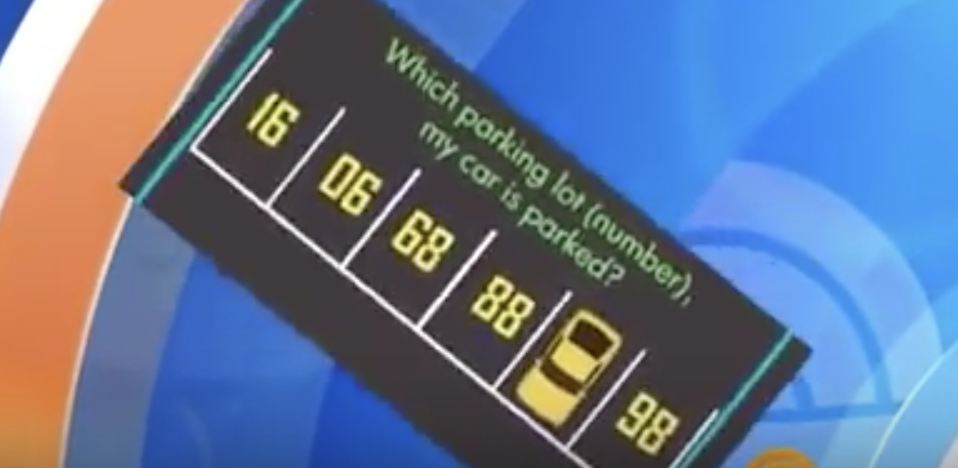
Personally, I took away from this a ‘life lesson.’ If adults looked at things from different angles then perhaps more would make sense to us all. Try taking the puzzle solving method and apply it to daily life’s problems. Maybe they can be figured out by looking at the situation or issue from a different perspective and life can become more simple and easy. It’s just a thought, and it may be a tad over-analytic stemming from a first grade puzzle, but I’m looking at it from a new angle.
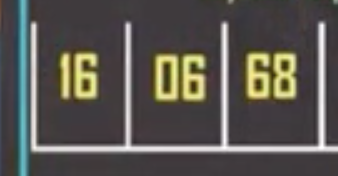
Please Share This Puzzle With Family and Friends 🙂
This 4 Year Old Kid Calls 911 For A Hilarious Reason. I Can’t Stop Laughing!
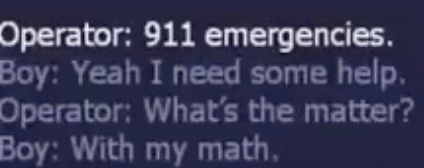
A four year old boy was having trouble figuring out how to do his math work. After struggling with the problems he figured he would try and get some help. He went to the phone and dialed up the only number he knew that was associated with helping people when they needed it most, 911. The operator answered and asked the standard question of what was the matter, to which the boy responded, “with my math.” After some understandable initial confusion, the operator figured out that the young boy needed help with his math work, specifically takeaways.

A very innocent and patient conversation between the two then followed. The boy gave the operator some equations to work out and like any good teacher the operator tried to make him work through it first, without just giving him the answer.

Finally, the boys mother noticed he was chatting on the phone and asked him what he was doing. He told her “the policeman is helping me with my math” and in an exasperated tone she replied “what did I tell you about going on the phone?” The operator chuckled and told someone nearby that the mother was now there. The boy innocently explains to his mother that she told him if he ever needed help to call someone.

He has a point, and may just get out of trouble, at least this time around. The conversation ends with the mother saying she didn’t mean he should call the police. All mom needs to do now is explain to her son how his actions are wrong, that the police and dialing 911 are for emergencies only, and not a way to get math help.
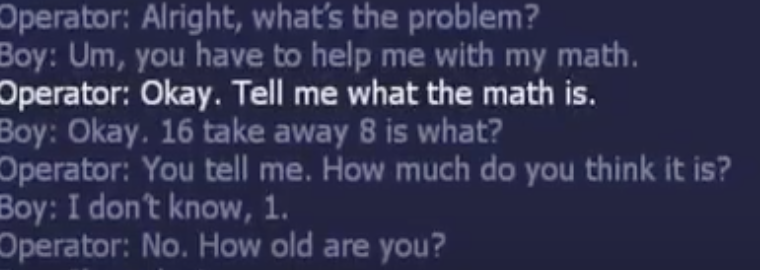
Perhaps she should get him some math help hotline numbers to have on hand for any future assistance he may need. Either way, the adorable call was probably a nice break from the sad emergency calls the operator is used to answering and likely made his day.

Please SHARE With Family and Friends
It Looks Like A Regular Sculpture. But Once It Starts Spinning I’m Completely Hypnotized!

These 3D sculptures are not only works of art they are also optical illusions when they are spun under a strobe light. They were designed by Stanford University professor John Edmark who, with help from his students, create and print 3D sculptures based on mathematical equations. Specifically, they used the Fibonacci Sequence, a series of numbers where the next number is found by adding up the two numbers before it (0, 1, 1, 2, 3, 5, 8, 13 , 21…..).

The placement of the appendages on the sculpture is based off of that sequence and that is what gives it the seemingly perfect shape. This sequence is used in computer algorithms, searches, and graphs. It can also be found in nature and shows up in the pattern where branches grow on trees, as well as in pinecones and sunflowers.
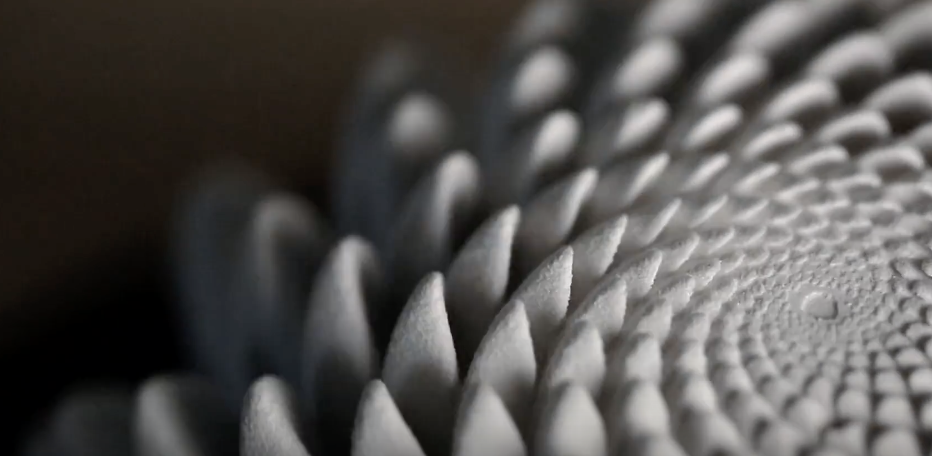
When the sculpture is rotated at a certain speed and synchronized with the strobe light, so that every time the sculpture turn 137.5 degrees one flash occurs, it appears animated. The sculptures look like they are turning, spiraling, and metamorphosing into different shapes and things. If you were to count the number of spirals on any of the sculptures it would always end up being Fibonacci numbers.
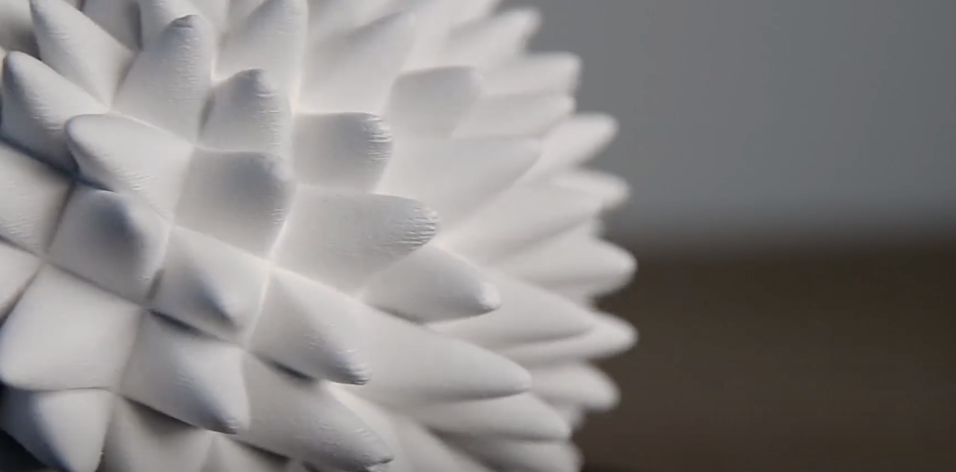
While all the math, speed, and light calculations make this artwork all the more interesting, don’t worry if you still don’t quite understand it (you are not alone ). It is awesome to look at and blends science, math, and art perfectly. Check it out and prepare to be hypnotized.

Please SHARE With Family and Friends
Do You Have An IQ That Is Over 140? Try To Solve This Puzzle and Find Out!

This intelligence test has been making the rounds on the internet and has already been shared well over three million times and counting. It’s also being claimed that if you’re able to solve and understand it then your IQ is above 150, which means you’re a genius.

On average, two-thirds of IQ test takers score anywhere between 85 and 115, and just 5% of people score over 125. A score of 140 or more would put you in the realm of the brightest, most intelligent minds on the planet!

Take a look at the puzzle below and see if you can figure out the pattern in the numbers shown. If you can’t solve it then check out the video from the MindYourDecisions YouTube channel which goes over how to arrive at the answer and the rule of reasoning behind it.

Even if you are able to solve the puzzle, do you understand exactly how you arrived at the answer and could you prove the intelligence test rule behind it? If not, watch the clip to learn all about it and afterwards you will truly understand what the problem entails. Were you able to solve the puzzle? Let us know.

Please Share This With Family and Friends To See If They Can Solve The Puzzle 🙂
This Math Problem Is Breaking The Internet: Can You Figure Out The Right Solution?

Math. You either love it or you loathe it, but regardless of how you may feel about the subject, you need to know the basic fundamentals of it. From an early age we are drilled in numbers and things like addition, subtraction, multiplication, and division. Because math builds on itself you really have to be on top of it before you can learn more advanced stuff. It’s also very straight-forward in that you are either right and get the answer correct, or you are wrong.
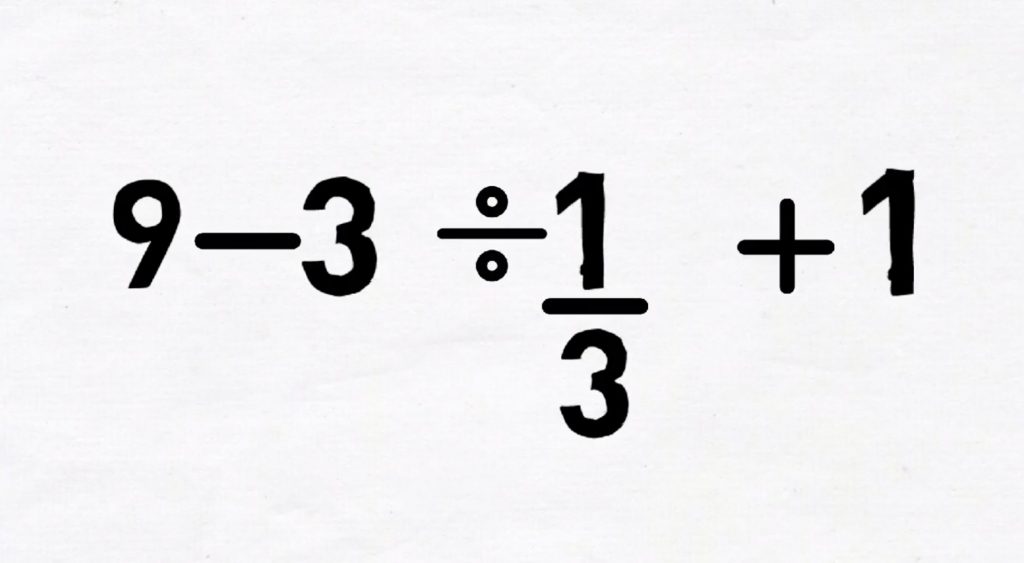
That’s part of what makes it so unbelievably frustrating for so many people out there. They have trouble grasping it or they forget the certain order of steps and soon they simply give up on it all because they’re always getting the wrong answers. If you happen to feel like this and the mere sight of numbers and equations makes you anxious or nervous, you may suffer from mathematical anxiety, which is kind of like a math-induced type of phobia.

If the above sounds familiar then you are likely not going to like this next part! The simple looking equation featured below has proven to be anything but easy for people all over the world. It was originally included as part of a Japanese math study on generational abilities and what researchers found was quite interesting.

According to Presh Talwalkar, who runs the YouTube channel MindYourDecisions, studies show that 60% of twenty year old Japanese adults correctly answered this exact problem. In comparison, in the 1980s that percentage was a whole lot higher, with 90% of Japanese adults answering it correctly. That doesn’t seem to bode well for society! Take a moment to work through the equation yourself and see what answer you come up with:
9 – 3 ÷ 1 + 1 = ?
If you’re confused or at a loss as to how to solve this equation, the video below explains exactly how to arrive at the correct answer. Check it out to see if you solved it and good luck!
Did you get it right? Let us know in the comments
Please Share This With Family and Friends To See If They Can Solve This Viral Math Problem

